THE SEEDS OF ANNAISM
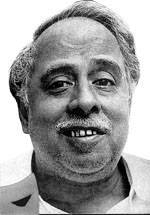 ANNA INSPIRES TAMILS
ANNA INSPIRES TAMILS
Mr. Chancellor, Mr. Pro-Chancellor Mr. Vice- Chancellor, Graduates of the Year and Friends:
Thankful as I am for the unique honor conferred on me by this institution, it is not without hesitation as a good deal of trepidation that I stand before this august assembly to-day to deliver the Convocation address, for though it is a pleasure to be present on the happy occasion of greeting the graduates of the year and wishing them all a bright and prosperous future, it is not an easy task to place before them appropriate guidelines-conscious as I am of my own limitations and aware of the eminence of those who stood at this rostrum in the past and gave weighty and worthy advice to the graduates. Stalwarts in various walks of life, scholars of erudition and experience, administrators of rare abilities, have all been here to deliver instructive discourses, and I do not for a moment imagine that I have the capacity to add any thing substantial to what has been already said by those who preceded me. I am convinced therefore that to be called upon to deliver this address is not so much an invitation as a command to me bestow the most careful and considered thought on the role of Universities in general and of the Annamalai University in particular.
The fact that I am conscious of my own limitations gives me a sense of relief, for attempt I shall not to offer original ideas or theories with a special stamp, but only reiterate some of the cardinal principles enunciated by those who offered their a advice in past years, perhaps with annotations here and there, bringing to bear the lay-man’s point of view to the findings of experts in various fields connected with education.
This is the age of the common man-whatever the regrets some might have –and it’s his point of view that matters most and I do claim to represent him in all his ruggedness.
Systems and schools of thought, whether it is in philosophy or politics, ethics or economics, are certainly meant for him. Of course, the interpretation should come from scholars and experts and the art of translating them into every day activity is to be undertaken by the administrators. Universities, as the repositories of knowledge and the nursing ground for the emissaries of thought wisdom and service, have got a prominent role to play-and the prominence is growing every day, as more and more individuals get themselves equipped for the task of bettering society in all its age when we have eschewed monarchy and autocracy and have inaugurated the era of democracy.
During the monarchical or feudal days, Universities had to train scholars and poets to adorn the chambers of Royalty or the gilded mansions of Lord and nobles and their wisdom was meant for the mansion, not for the market place. Those were days when numbers did not count, nor were eminent scholars asked to face the problems confronting the masses. They were content to work in secluded spheres, far from the din and noise of the common man and weave the costly fabric of philosophy of poetry which on turn was to be converted into dazzling garments for the select and the privileged.
The role of the University to-day is not cloistered and confined as in the past. Its function has been enlarged-not in its fundamentals but in its domain. It has to take into account the commonness, but to trim and train, guide and lead him, for asked to do his duty as the citizen of a democracy-a task which kindles sweet hopes but which demands, patience and perseverance, faith and confidence, faith in himself and in others and confidence in his inherent ability to shoulder the responsibilities. The common man has become the birth place of a potential ruler and the duty today, the responsibility today of the universities is to fashion out of him as an individual fitted and equipped for the task of making democracy fruitful and effective.
I said that the duties and responsibilities of Universities have grown in dimension and scope, but pointed out that the fundamentals remain unaltered and these fundamentals are of permanent value and of perennial interest. The supreme task before the University is to give those who seek a vision of knowledge in its true proportions and perspectives, to maintain the sovereignty of ideas and ideals in the world. A balanced mind, the ability to discriminate between what is merely trivial and what is important, the capacity to look at a problem from all its angles without fear or favour, to be tolerant of the other man’s point of view. These are fundamentals which are unalterable and it’s only the universities that can provide society with a continuous stream of men and women endowed with these qualities.
While addressing the University of Brussels, Dr.s.Radhakrishnan, our former president, made the following statement:
“For its proper functioning democracy requires more qualities than other forms of government. It is in the universities that we can develop the true spirit of democracy, appreciation of other points of view and adjustment of differences through discussions. It can be kept healthy and strong by the exercise of individual responsibility and judgement.in universities we have to re-call the struggles of the past and realize the perils and possibilities, the challenges and opportunities, of the present.”
Democracy is not a form of government alone –it is an invitation to a new life-an experiment in the art of sharing responsibilities and benefits-an attempt to generate the common task. Hence we cannot afford to waste a single talent, improverish a single man or woman or allow a single individual to be stunted in growth or held under tyranny and the universities should through the graduates it sends forth year after year, annihilate the forces that attempt at aggrandizement and tyranny, fight against caste and hypocrisy and enthrone human dignity.
Graduates of the year, I wish you all a prosperous future-for, after all, the immediate concern of every individual, graduate or no graduate, is to acquire the means for a decent living. That is the first motivation for all human activity and no one can ignore it, but that ought not to be the sole objective. Something higher and nobler than mere individual material advancement is expected of you – for remember that this University education is a privilege that you enjoy, for which you are deeply indebted to the community of which you are a member. Most of the money needed for maintaining institutions of higher education come from the revenues collected from the community through the State, and a good proportion of that revenue comes from the tillers and the toilers, men who did not enjoy this privilege, men who willingly submit themselves to discomfort, so that they can enable the next generation to lead a better life. Graduates of the Annamalai University, may I ask you, how you are going to repay – what is to be your contribution to the social chest on which you have drawn so largely. Unless you replenish it richly, coming generations will find only an empty coffer. Your superior education increases your responsibility to society and therefore, apart from or along with your own individual advancement, society has got a right to expect an adequate return from you – not so much in terms of money as in terms of service – in toning up society, in bringing light into the dark alleys, sunshine into dingy places, solace into the afflicted, hope unto the despondent and a new life unto every one.
That this is a welcome and worthy ideal none would dispute, but not every one will come forward to translate that ideal into action – and yet our ancient as well as modern thinkers have all stated in unmistakable terms that wisdom is manifested in action.
Unless service is the outcome, the sermons become sweet nothings. As Jefferson stated,
“We must dream of an aristocracy of achievements arising out of a democracy of opportunities”
And when I seek your help and co-operation in the supreme task of serving society, please do not wink and smile and say, it is all so easy to say. I am not unaware of the difficulties in the way, nor am I going to brush aside the influence of the environment on you. May be, the world in which you are to begin the journey is one which will dim your hope, disturb your determination. You may come face to face with the unpleasant sight of practices widely differing from the principles inculcated in you. You may find self-seekers enthroned and the patient worker decried. Tyranny of all sorts may stare at you and every step you take will be a struggle. I admit that the environment is such that even people with robust optimism will be discouraged and forced to take to the part of ease and comfort.
But, we should also realize that a continuous stream of men and women endowed with the spirit of service has been carrying on the crusade successfully and have conferred rich benefit on humanity.We, the Tamilians have been holding aloft this ideal for more than two thousand years and hence we find in pura nanuru .
As inheritors of that rich legacy, you are best fitted to overcome even the environment and serve society to the best of your abilities,
Anyone, who proposes to do good must not expect people to roll stones out of his way, but must accept his lot calmly if they even roll a few more upon it. A strength which becomes clearer and stronger through its experience of such obstacles is the only strength that can conquer them – says Albert Schweitzer.
Though the problems in various countries are of a similar nature, the peculiarity attached to the problems of our country is of a pronounced nature.
Ours is not case of starting from scratch-had that been the case the only thing needed would have been the intensity of effort to be put forth. Ours is a case of erosion of the mind – we are not in search of fields, but have to engage in the task of fertilizing it, irrigating it, we are not in search of ideals, but are engaged in the more intricate task of classifying, codifying and verifying layers of ideals. We are not wanting in culture-but have to cleanse it from the cob-web of time and de-adulterate it. In short, we have to re-discover ourselves, and re-construct our entire thought. Once task to-day is to allow fresh air and sunshine and regain the original shape and stature – that which made us well
Known is distant lands and climes.Our literature, art and architecture are fine specimens of human intelligence – but they bear the ravages of time and also the effect of currents and cross currents so that to-day we have to listen to the foreign historian or scholar in order to realize the “glory and grandeur” of our own country.
Age commands veneration –but unless it is recuperated, decay sets in. our culture and civilization are hoary, but we have allowed scars and wrinkles to disfigure them. It is our duty therefore to re-discover and re-construct what is ours and enrich it by drawing liberally upon the achievements of other countries.
Our problem is not want of a system –in any branch of knowledge. We have fine specimens in all spheres. We claim also –and that rightly –immortality for our systems, but we have not succeeded in keeping them fresh and young, effective and energetic, for we have allowed them to decay.
If a system has to endure, says, Dr.Radhakrishnan, it must be perpetually young and ready to change. In other words, it must be capable of accepting new ideas, have the resilience of mind which the young have, have the openness, flexibility and spirit of adventure by which they accept what is given to them and transform it out of recognition.
Eos, a goddess falling in love with a mortal, prayed to god to grant immortality to the lover-‘yes’, said god, and the mortal gained immortality. But he grew old, infirm, senile, decayed –and what was a feast once to the eyes of Eos became a sight to shun and grieve over –and he who gained immortality longed for death – for what is life if it becomes a prey to decay? Then Eos sighed and said, “I prayed for immortality for my lover, forgetting to pray for perpetual youth.”
We in this country are facing some such situation – and we are in charge of the task of rejuvenating our culture and civilization – our entire thought, instead of attempting that, we have been, for too long a period, doting upon the decayed forms attempting to defend them from critics and currents of new thought. And while other parts of the world, after persistent and patient search after truth, have arrived at new conclusions and are scaling new heights, we are content to sit near the shattered rampart and narrate past glory.
Our religion has degenerated into rituals, our society which was once classless and casteless has degenerated into water –tight compartments of caste and creed and all the while, we have kept either silent or have been supplying defense to superstition and orthodoxy by offering liberal allowing this state of affairs to exist, despite condemnation and protest, and, more than that, whenever a doughty warrior comes forth to fight against the evils prevalent, we decry and denounce him as an annihilator of noble values and hoary systems. Periyar Ramasami represents and symbolizes the fury and frustration in a sizable section of society at this state of affairs. To allow systems to degenerate and at the same time denounce those who champion the cause of rationalism is but to perpetuate superstition and orthodoxy and allow this society of ours to get decomposed.
Universities offer the proper forum for a free and full discussion of these intricate problems and graduates trained here are to go forth as emissaries of that social reconstruction which is long over due. The country looks to centers of learning like this
Universities to enable the people to pursue the path of progress, braving difficulties and if need be, courting danger.
Graduates of the Annamalai University, let me call upon you to carry on the crusade against caste which cannot co-exist with democracy, against superstition which cannot co-exist with science and against tyranny of various dimensions which cannot co-exist with liberty, equality and fraternity.
Pursuing vocations for your and your families’ well being, you have to perform your duty towards society. You are to become torch – bearers of rationalism – and rationalism does not mean repudiation of basic and fundamental truths and maxims, but the annihilation of dubious modes of thought and action. You have to work hard and with daring and dash, for we have to clear cob-webs which are centuries old and let reason reign supreme.
Another peculiar feature of our times is the fact that we are a nation in the making, and if in their anxiety to forge integration, some confuse unity with uniformity, it is the duty of men trained here to clearly enunciate the principle and see to it that, in the name of unity, no part of the country is made to become the vassal of another part-knowingly or unknowingly. We cannot be a party to foul play, however worthy the goal. Just on the eve of independence Rajaji stated with an acumen all his own, “our political experiment is really like melting iron and metals and pouring them in to a crucible and making an alloy, an alloy which can stand wear and tear . It is not like the chinaware that other people have turned out in their countries. Their democracies were easy to make – like plastics. But we are dealing with metals.” National integration is a goal, worthy and much – sought after, but neither in the field of language nor in the economic sphere, could we tolerate injustice and domination. That is exactly why this government was brought into existence – it represents the determination of the people to be coerced into accepting Hindi as the official language.
When we plead for the continuance of English as the link language, some people do misrepresent us and misinterpret our motive. They trot out untenable arguments and disputable statistics, bring in the bogey of disintegration and want to silence people by threats and troops. Problems were never solved by autocratic methods – and this problem of language is intimately connected with our way of life, not for the present alone but for the future as well.
The government of Tamilnadu has stated in unmistakable terms that Tamil and English can serve all our purposes, the former as the official language of this state and the latter as the link language. If it is accepted and the most emphatic of Hindi protagonists do accept that - if it is accepted that English can serve admirably as a link between our state and the outside world, why plead for Hindi to be the link language here? What serves to link us with the outside world is certainly capable of rendering the same service inside India as well. To plead for two link languages is like boring a smaller hole in a wall for the kitten while there is a bigger one for the cat. What suits the cat will suit the kitten as well
English is foreign, some argue, as if we were out to destroy or give up everything foreign. We bring foreign wear in foreign ships. We seek foreign aid not only in the shape of money bur also in the from of technical know-how and not a week passes without one or other leader undertaking a journey to the west or east to secure whatever aid is possible to secure. And on top of all these things, we have given up so many systems peculiarly our own.
We are not content with rural economy, we want Trombays and Ennores. And we are not conscious of their being foreign; only in the matter of language we pose as being ultra –nationalists and dub the English language as foreign.
Shelly and Byron, Keats and Coleridge, Emerson and Bacon-they are not foreign to us in the strict sense of the term. Is Tiruvalluvar a mere Tamilian? They are all world citizens – world teachers. And the language enshrining their thoughts is not to be discarded just because it comes from another country. That we are not going to accord a higher status to English is borne out by the fact that we have accepted and are implementing with due caution the principle of making Tamil the medium of instruction in colleges –progressively.
University education is an epitome of all that is best in thought cultivated in various countries, and from you should radiate universal thought and cosmopolitan ideas.
And if we are to get all these and more from out of the graduates of the University we have to re-examine the methods in vogue in universities, in teaching and in administration, and so perfect them that every student feels that he is a co-sharer of the pleasure and privilege of knowledge along with his professors. I shall not dabble in methods of teaching or administration-experts in that field are the natural custodians-my plea is only as regards the necessity for a re-examination.
While the functions assigned to universities are mostly of the same type, the Annamalai University, by its structure and spirit, has got a special function of its own. The great founder’s nobility and generosity has made this institution gain the esteem of eminent men here and elsewhere; but if we analyze the thought and motive force of Rajah Sir Annamalai Chettiar, we will find that he wanted this place to be not only a seat of learning and research of Tamil Culture and Tamil polity. He had the foresight to realize that Tamilians were going to cultivate their special talents and that was exactly why he started and made a success of the Tamil Isai Movement. Rajah Sir was never a man of tall talk-he believed in solid work and he knew the time was bound to come for us to delve deep into our annals and literature, culture and civilization and succeed in getting due and adequate recognition in the world forum.
Truly great has been our achievement in the field of literature. To be able to announce to the world that we the Tamilians do possess and to present to the world the great Tirukkural which is a Code of Conduct for the entire humanity are something about which we can have pardonable pride and pleasure.
And yet, are we devoting enough attention to these Tamil Classics? Addressing the Convocation here in 1943, the late lamented Sir R.K. Shanmukham Chetty had the following to say:-
“I graduated with a complete ignorance of Tamil Culture and History: in fact with a great deal of contempt for these. I attained a fair degree of proficiency in English literature and the history of European culture. I acquired some knowledge of even Anglo- Saxon and Gothic. I read the translation of the Bible in the Gothic language , but I had not read the Kural of Valluvar. I could understand Chaucer, but the name of Ilango was nothing but a name. Even after leaving College, I kept alive my interest in these studies and built up a Library in which there was not a single Tamil book.
In my early youth when I lived in a world of my own with no sense of responsibility, all this made no difference to me and I was proud of my learning. Soon when manhood came with its cares and problems, I found myself a stranger in my own home…….Gradually I began to realize the incongruity of my scheme of life and for some time now I have been endeavoring to rectify the balance. It was only a few years ago that I seriously attempted to study some of the Tamil Classics. I find that they are fit to rank among the immortal works of the world. I now bitterly regret my neglect of the treasures of my own land.”
It was not an apologia, but the expression of a new determination and Sir R.K.Shanmukaham lived to establish the truth that he had mastered not only the Tamil language but Tamil literature as well. Had he lived for some more years, he would traveled many a land carrying the message of the Tamil Classics, which spoke at such a hoary past about thoughts now placed before the world as blossoms of the modern age.
You, graduates of the Annamalai University, have got undertake the special task of carrying the message that our classics contain to the entire world and declare that what was the most ancient here is what is being introduced to-day as the most modern.
South India is the home of the most ancient culture Though for a fairly long period there was the mist of ignorance, thick and widespread, it has now been acknowledge by all that Dravidian Civilization of a highly developed character can be traced back to the second and third millennia before Christ. Many a Foreign scholar has borne testimony to the perfection with which Tamil language has been developed into an instrument of precise and subtle thought and to the beauty and richness of the literature – which is contained in it. Dravidian literature, philosophy, art and architecture offer therefore a rich and fruitful field for exploration and critical investigation.
Not for more glorification but for a just appreciation of all that is of real value and beauty in our past heritage. We need this research and investigation.
I do not propose to talk about your responsibility in the political arena. Suffice it to say that you should make democracy safe and sound, salubrious and fruitful.
Carry the message that this Universities has given to you wherever you go, whatever the station you find yourselves in and elevate the common man- the average man-
“He seems incredible but represents two –thirds of mankind. He lives in hut. He cannot read or write. His energy is sapped by disease. He labours up to 15hours a day. He works on land he does not own. He and his family are family are usually hungry. He will die young. But he still has hopes for his children; that they will be strong and healthy; will be able to read and write, will know individual freedom in a peaceful world. This is the world’s average Man.”
And the world over, this average Man has become conscious of the injustice done to him and as a consequence we find agitations and marches, struggles and clashes. In many a country, measures to raise his level have been undertaken. Take a pledge, here and now, that we will not lag behind and leave our average man in the lurch. For if the base is weak, the dome is doomed. Inheritors as you are of a noble heritage, you are eminently fitted for this noble task, and on its success depends the future of this nation as of others.
Let us remember what Woodrow Wilson said,
“Nations are renewed from the bottom not from the top . . . real wisdom of human life is compounded out of the experiences of ordinary men. The utility, the vitality, the fruitage of life comes like the natural growth of a great tree, from the soil, up through the trunk into the branches to the foliage and the fruit. The great struggling unknown masses of the men who are not the base of everything are the dynamic force that is lifting the level of society. A nation is as great and only as great as her rank and file.”
May I submit my plea to you, youths blossoming forth from this institution, be firm but not obstinate, let here be a blending of ideas, but never cheap imitation and injurious adulteration, beware of mistaking obsessions for principles and fads for facts, strike at a synthesis and avoid subservience, view as the final on to protest against injustice but project not your own view as the final one, forget not the ancient saying.
University education gives you the basic needs for this stupendous task, but that is not enough. Say along
I read, I study
I examine, I listen
I reflect, and out of
All this, I try to form
An idea in which I can put as
Much of commonsense
As I can.
And remember the longest journey is the journey inward, and since graduation is but the starting point of that journey, I wish you success-reach the goal yourselves-teach others to march towards the goal and let that goal be,
A world without the
beggar’s out-stretched
palm, the miser’s
heartless, stony stare,
the piteous wail of
want, the pallid face
of crime, the
livid lips of lies,
the cruel eyes
of scorn,
A race without
disease of flesh or
brain, shapely and
fair, the married
harmony of form and
use-where
life lengthens, fear
dies, joy deepens,
love intensifies, and
Man regains his
Dignity.
And to get these things realized, let us one and all strive towards the ideal enunciated by Thiruvalluvar,
“cWgáí« Xth¥ ãÂí« brWgifí«
nruh âaštJ ehL”
I am confident that you are being sent into the wide world by the Annamalai University with this objective-you are bound to win, for you are adequately equipped with the spirit supplied by this great institution. May your life be a bright one, and may its luster brighten the entire land! Accept my congratulations and march onwards, towards the land of smiles.
[Annamalai University Convocation Address of Tamilnadu Chief Minister C.N.Annadurai on 18.11.1967]
Posted by dravidaperavai
at 6:15 PM



 INDIA NEEDS IRON WILL TO TELL SRILANKA
INDIA NEEDS IRON WILL TO TELL SRILANKA 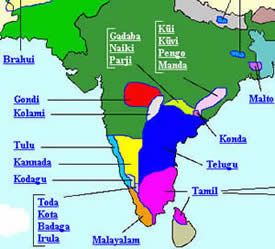 N.Nandhivarman, General Secretary Dravida Peravai in an exclusive interview to Tamil Sydney.com says:
N.Nandhivarman, General Secretary Dravida Peravai in an exclusive interview to Tamil Sydney.com says:
 Dravida Peravai: A Fact-File
Dravida Peravai: A Fact-File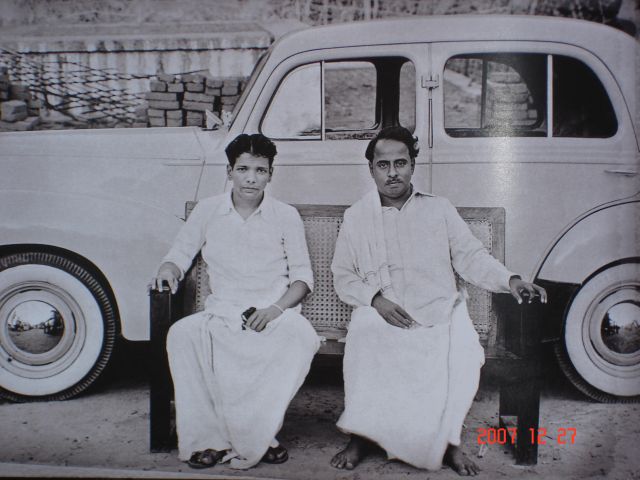
 ANNA INSPIRES TAMILS
ANNA INSPIRES TAMILS
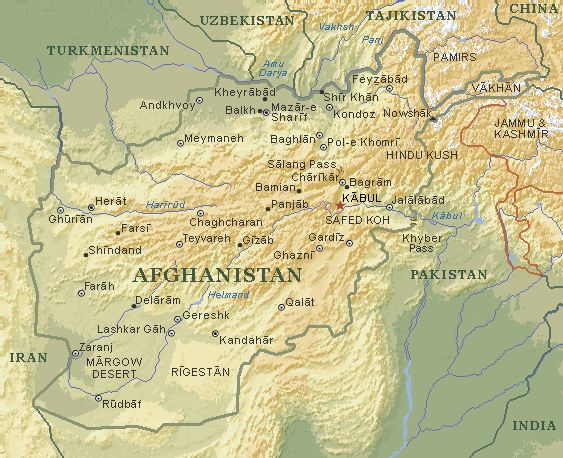 Worsening Crisis in
Worsening Crisis in 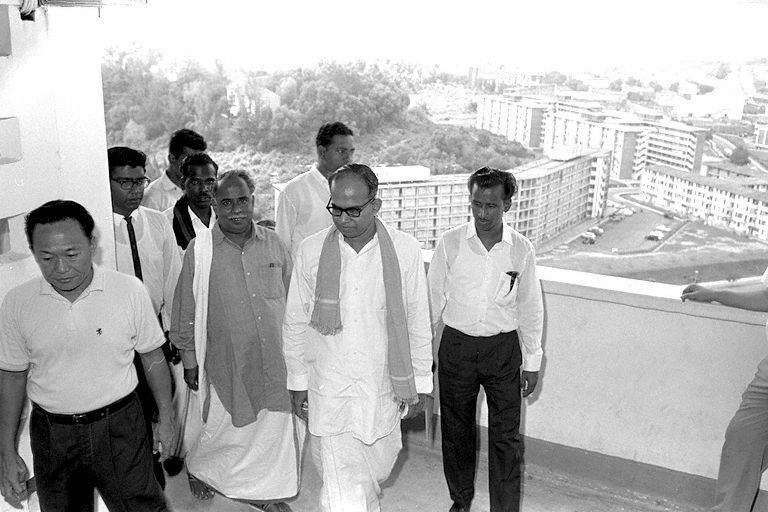 ANNA's CENTENARY AND HIS FOLLOWERS
ANNA's CENTENARY AND HIS FOLLOWERS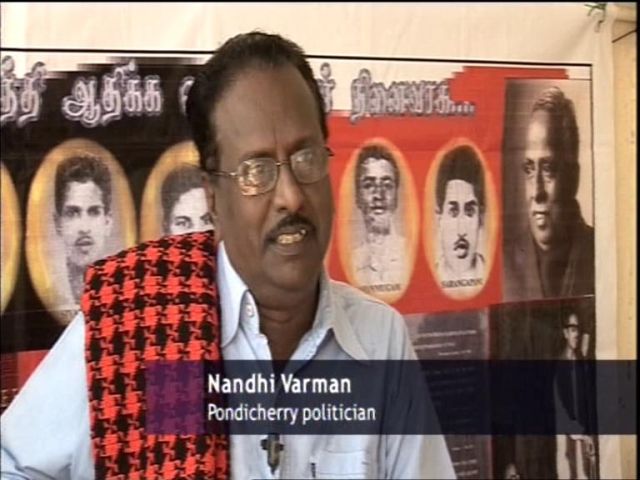 AUROVILLE BELONGS TO SUPER SPECIES NOT INDIANS ?
AUROVILLE BELONGS TO SUPER SPECIES NOT INDIANS ?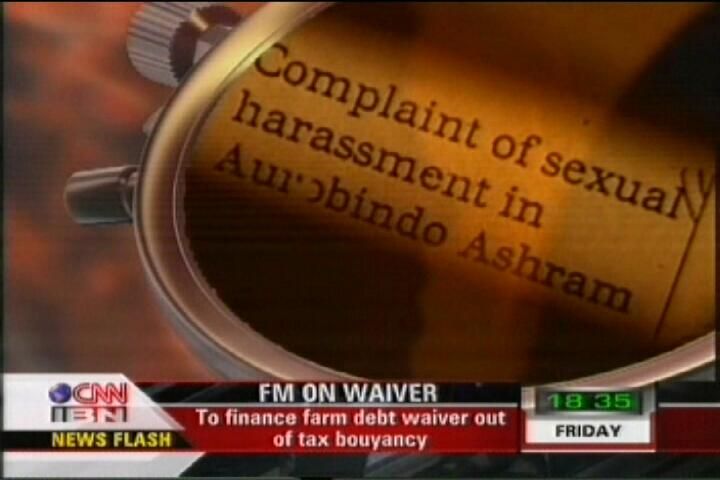 Stoppage of Aurobindo Ashram News : Will CNN-IBN explain?
Stoppage of Aurobindo Ashram News : Will CNN-IBN explain?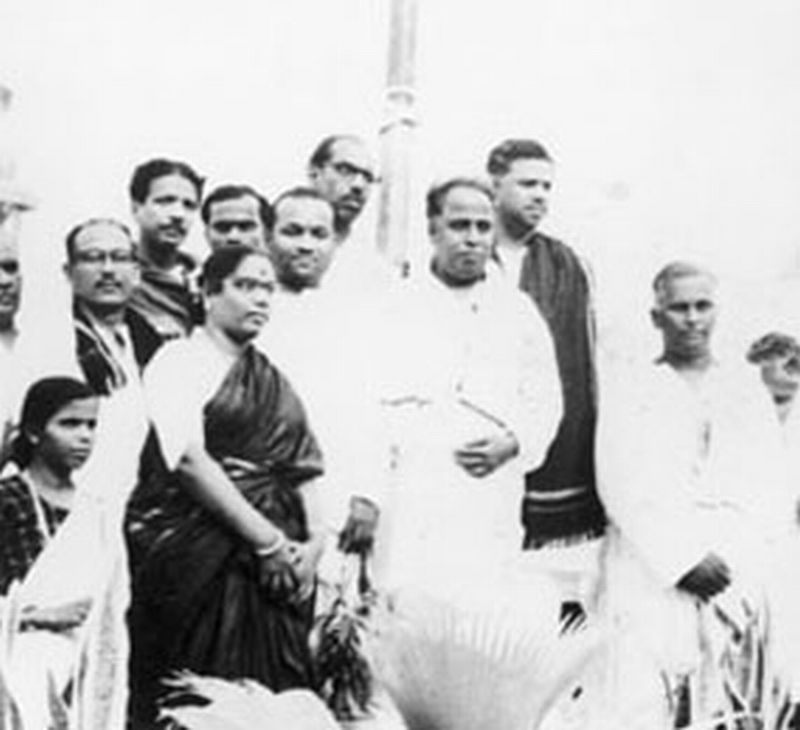 UPDATING HISTORY OF TAMILS
UPDATING HISTORY OF TAMILS 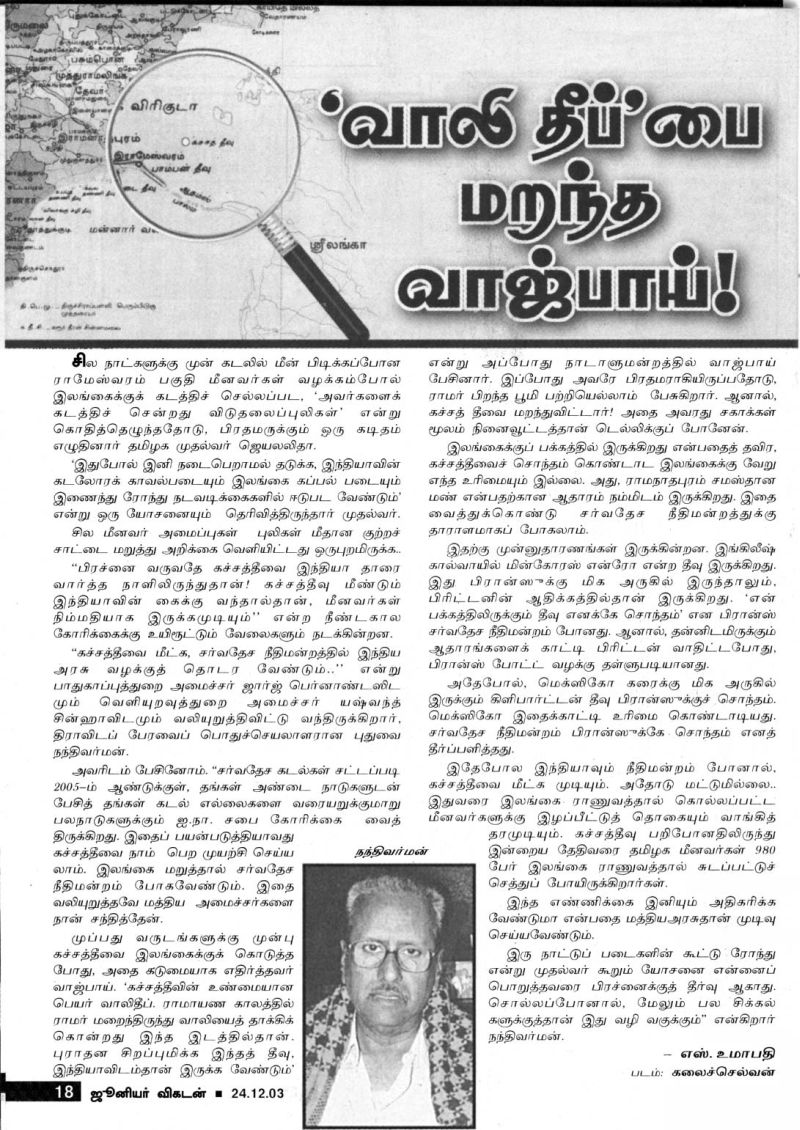 INDIA URGED TO TAKE KATCHA THEEVU TO INTERNATIONAL COURT :
INDIA URGED TO TAKE KATCHA THEEVU TO INTERNATIONAL COURT :